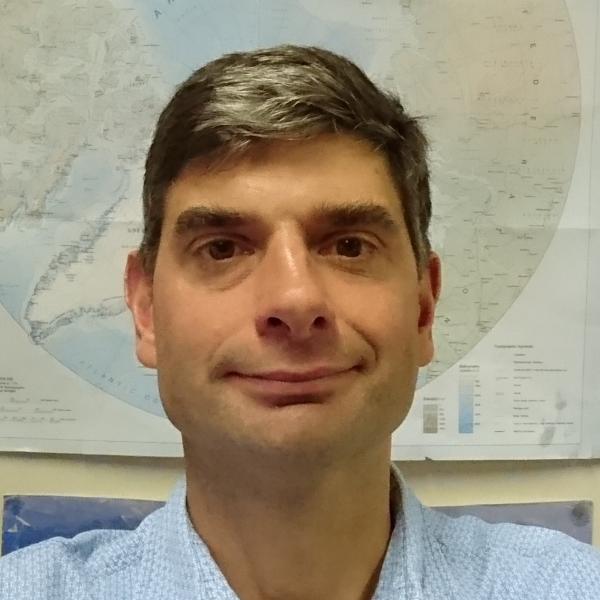New research techniques are being adopted by scientists tackling the most visible impact of climate change – the so-called greening of Arctic regions.
The latest drone and satellite technology is helping an international team of researchers, including experts at the University of Sheffield, to better understand how the vast, treeless region called the tundra is becoming greener.
As Arctic summer temperatures warm, snow is melting earlier and plants are coming into leaf sooner in spring.
Tundra vegetation is spreading into new areas and where plants were already growing, they are now growing taller.
However, in some areas extreme weather events and fire are killing tundra plants, making it more difficult to predict the future for the arctic tundra.
The greening of the Arctic has been one of the clearest consequences of climate change we can see in the natural world.
Professor Gareth Phoenix
Professor of Plant and Global Change Ecology
Understanding how data captured from the air compares with observations made on the ground will help to build the clearest picture yet of how the northern regions of Europe, Asia and North America are changing as the temperature rises.
Now a team of 40 scientists from 36 institutions, led by two National Geographic Explorers, have revealed that the causes of this greening process are more complex – and variable – than was previously thought.
Researchers from Europe and North America are finding that the Arctic greening observed from space is caused by more than just the responses of tundra plants to warming on the ground.
Satellites are also capturing other changes including differences in the timing of snowmelt and the wetness of landscapes.
Co-author Professor Gareth Phoenix, who is Professor of Plant and Global Change Ecology at the University of Sheffield, said: “The greening of the Arctic has been one of the clearest consequences of climate change we can see in the natural world.
"However, with more damage now coming from extreme weather events and fires that kill tundra plants, we have a big challenge ahead if we are to predict what the future holds for Arctic ecosystems, as well as how changes there will affect the rest of the world.”
Lead author Dr Isla Myers-Smith, of the University of Edinburgh’s School of GeoSciences, added: “New technologies including sensors on drones, planes and satellites, are enabling scientists to track emerging patterns of greening found within satellite pixels that cover the size of football fields.”
Professor Scott Goetz of the School of Informatics, Computing and Cyber Systems at Northern Arizona University, says this research is vital for our understanding of global climate change. Tundra plants act as a barrier between the warming atmosphere and huge stocks of carbon stored in frozen ground.
New technologies including sensors on drones, planes and satellites, are enabling scientists to track emerging patterns of greening found within satellite pixels that cover the size of football fields.
Dr Isla Myers-Smith
School of Geosciences, University of Edinburgh
Changes in vegetation alter the balance between the amount of carbon captured and its release into the atmosphere. Small variations could significantly impact efforts to keep warming below 1.5 degrees centigrade – a key target of the Paris Agreement.
The study will help scientists to figure out which factors will speed up or slow down warming.
The paper, published in Nature Climate Change, was funded in part by the National Geographic Society and government agencies in the UK, North America and Europe, including NASA’s Arctic Boreal Vulnerability Experiment (ABoVE) and the UK's Natural Environment Research Council.
The research was also supported by the Synthesis Centre of the German Centre for Integrative Biodiversity Research, the University of Sheffield P3 workshop on Event Drivers of Arctic Browning, and was informed by a U.S. National Academy of Sciences workshop, Understanding Northern Latitude Vegetation Greening and Browning.



